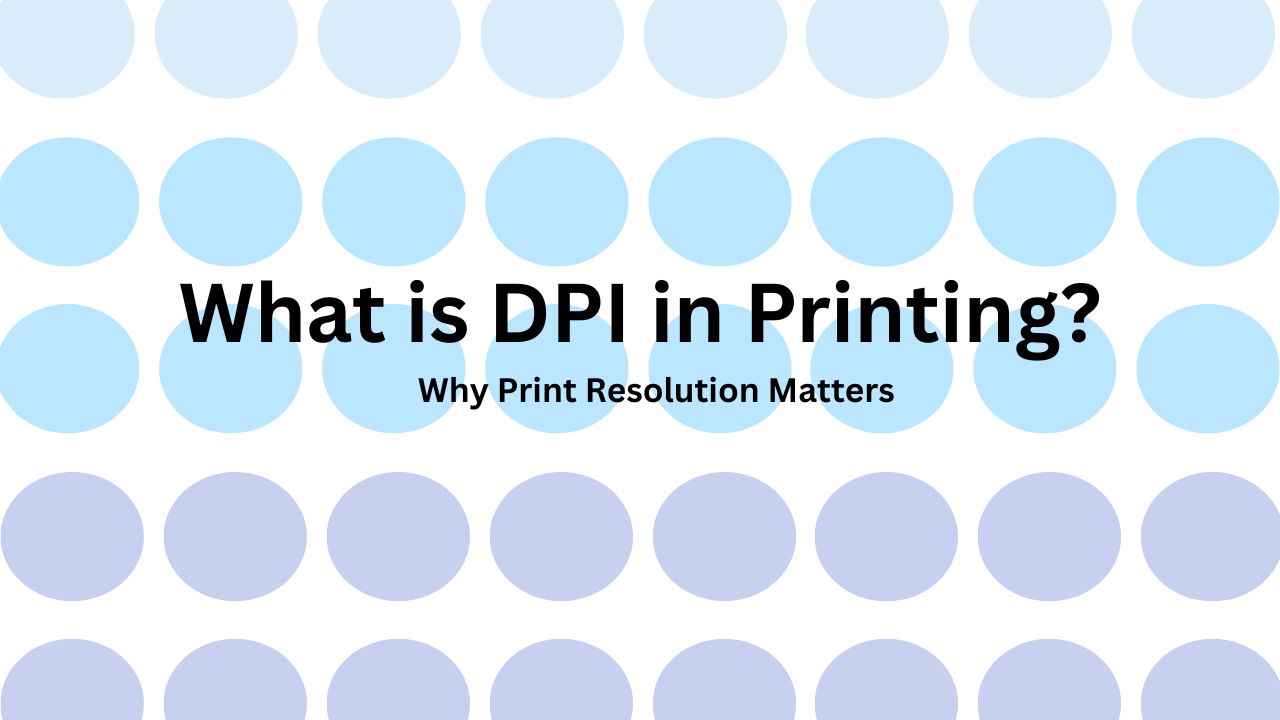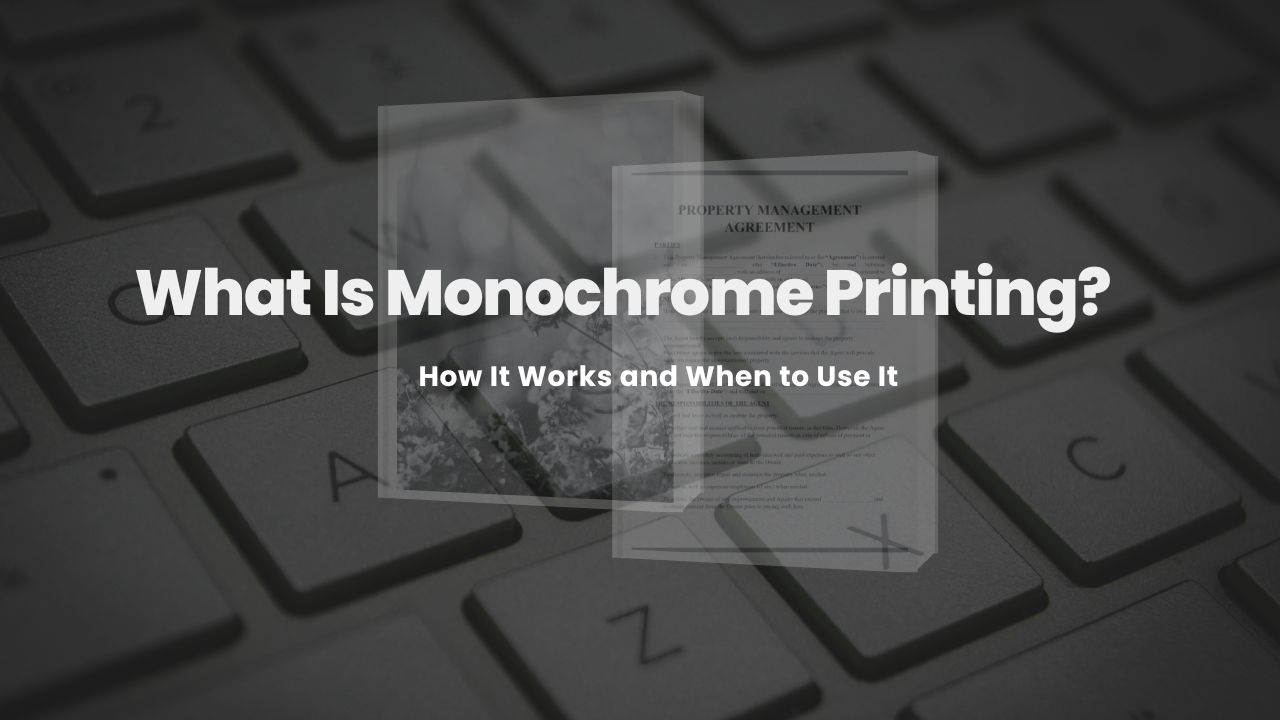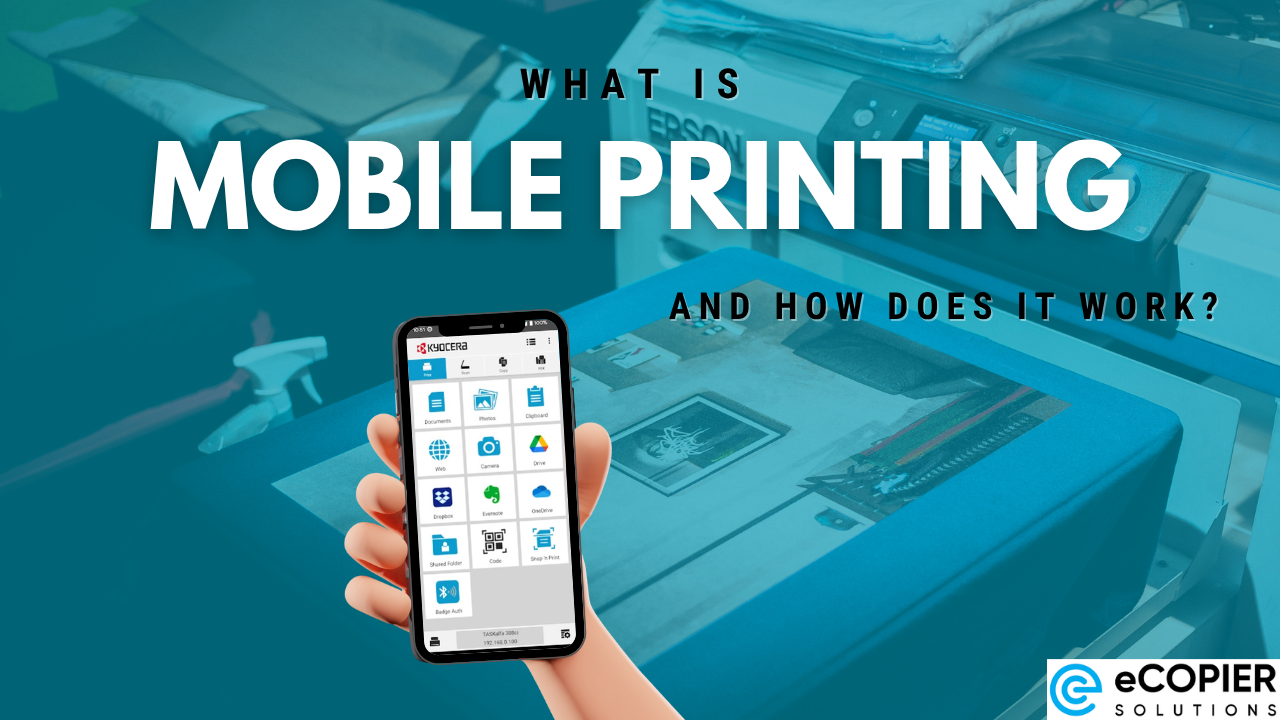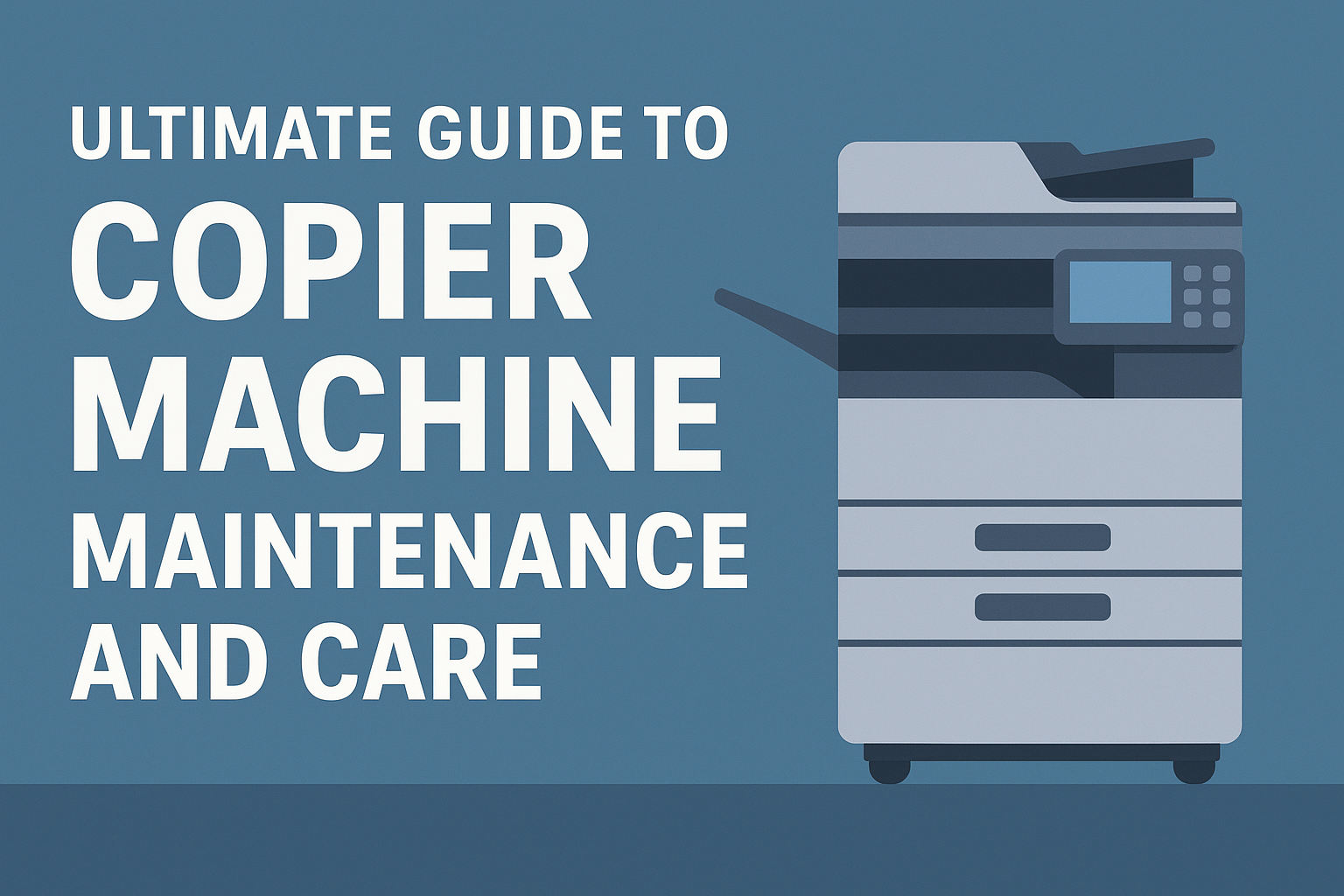Evaluating Office Printer Needs
In the realm of office printers for hybrid teams, an essential step is to assess the printing requirements of the team to ensure efficiency and productivity. Simultaneously, determining the key features crucial for hybrid work environments is fundamental to selecting the most suitable office printer.

Assessing the Printing Requirements of a Hybrid Team
When evaluating the printing needs of a hybrid team, it's vital to consider factors such as the volume of printing, types of documents to be printed, color printing requirements, and the frequency of scanning and copying tasks. Understanding the specific demands of a hybrid workforce helps in identifying the most appropriate office printer that can cater to these requirements effectively.
Determining Key Features Essential for Hybrid Work Environments
For hybrid work environments, certain features are paramount in an office printer to support the seamless workflow of remote and in-office employees. Some key features to consider include:

By understanding the printing requirements of a hybrid team and pinpointing the essential features for a hybrid work environment, organizations can make informed decisions when selecting the best office printer to optimize productivity and workflow efficiency.
Types of Office Printers
When considering the best office printer for a hybrid work environment, it's important to understand the different types of office printers available. Each type of printer comes with its own set of features and benefits. Let's explore three common options: multifunction printers (MFPs), inkjet printers, and laser printers.
Multifunction Printers (MFPs)
Multifunction printers, often referred to as MFPs, are versatile devices that combine multiple functionalities in one unit. These all-in-one machines typically offer printing, scanning, copying, and sometimes faxing capabilities. MFPs are well-suited for hybrid work environments where space and efficiency are key considerations.

MFPs are popular among organizations looking to streamline their office equipment and optimize workflow processes. With integrated features and connectivity options, MFPs can enhance productivity and meet the diverse printing needs of a hybrid team.
Inkjet Printers
Inkjet printers are known for their ability to produce high-quality color prints, making them a preferred choice for businesses that require vibrant graphics and images. These printers use liquid ink cartridges to create precise and detailed prints, suitable for marketing materials and presentations.

Inkjet printers are cost-effective options for offices with moderate printing volumes and a focus on color output. While inkjet printers are generally slower than laser printers, they excel in delivering brilliant color prints, making them ideal for creative projects in a hybrid work environment.
Laser Printers
Laser printers are known for their speed, efficiency, and crisp text output, making them well-suited for high-volume printing tasks. These printers use toner cartridges and a laser beam to produce fast and sharp black-and-white prints, making them ideal for office documents and reports.

Laser printers are preferred by businesses that require quick and professional text-based prints. With fast printing speeds and lower cost per page compared to inkjet printers, laser printers are a reliable choice for hybrid work environments where efficiency is paramount.
Connectivity Options for Hybrid Workforces
In a hybrid work environment, having versatile connectivity options for office printers is essential to support the printing needs of remote and onsite team members. Two key connectivity features that play a significant role in enhancing productivity and efficiency are Wi-Fi and cloud printing capabilities, along with mobile printing solutions.
Wi-Fi and Cloud Printing Capabilities
Wi-Fi-enabled office printers allow seamless connectivity to the network, enabling users to print documents from various devices without the need for direct physical connections. This is particularly beneficial for hybrid teams where employees may be working from different locations or using their personal devices to access the printer.
Cloud printing capabilities further enhance flexibility by enabling users to print documents remotely from any location, as long as they have an internet connection. Cloud printing eliminates the constraints of physical proximity to the printer and provides convenient access to printing services whenever and wherever they are needed.
These connectivity features ensure that hybrid workforces can easily and efficiently print documents without the limitations of physical connectivity, enhancing collaboration and workflow across different work settings.
Mobile Printing Solutions
Mobile printing solutions cater to the increasing trend of employees using smartphones and tablets for work-related tasks. With mobile printing, team members can easily send print jobs directly from their mobile devices to the office printer, enabling quick and convenient printing of documents on the go.
Moreover, mobile printing solutions support various operating systems and printing platforms, allowing users to print from iOS, Android, and Windows devices seamlessly. This level of compatibility ensures that team members can print documents from their preferred devices, enhancing their productivity and workflow efficiency.
By incorporating Wi-Fi and cloud printing capabilities along with mobile printing solutions into the office printer setup, hybrid workforces can streamline their printing processes, boost collaboration, and adapt to the evolving needs of modern work environments effectively.
Security Considerations for Office Printers
In a hybrid work environment, ensuring the security of office printers is paramount to protect sensitive information and maintain data integrity. Two key security considerations for office printers in such settings are data encryption and secure printing, as well as user authentication features.
Data Encryption and Secure Printing
One essential security measure for office printers is data encryption. Data encryption involves encoding the data transmitted to the printer, making it unreadable to unauthorized users. This encryption process helps safeguard confidential information and prevent data breaches.
Implementing secure printing practices is another crucial aspect of maintaining data security in a hybrid work environment. Secure printing requires users to authenticate themselves before printing documents. This authentication can include entering a PIN or using a proximity card, ensuring that only authorized individuals have access to sensitive printouts.
User Authentication Features
User authentication features play a vital role in enhancing the security of office printers. By incorporating user authentication mechanisms, such as PIN codes, biometric authentication, or proximity cards, organizations can control access to printing functions and track print activities back to individual users.
User authentication helps prevent unauthorized access to printers and ensures that print jobs are released only when the user is physically present at the printer. This not only enhances security but also promotes accountability among employees regarding their print activities.
Considering these security considerations for office printers can help organizations mitigate potential risks associated with printing sensitive information in hybrid work environments. By prioritizing data encryption, secure printing practices, and user authentication features, businesses can bolster their printer security measures and safeguard confidential data effectively.
Cost Efficiency and Sustainability
In the realm of office printing, cost efficiency and sustainability play pivotal roles in the decision-making process for selecting the best office printer for a hybrid team.
Understanding Total Cost of Ownership (TCO)
When evaluating office printers for a hybrid work environment, it is essential to consider the Total Cost of Ownership (TCO). TCO encompasses not only the initial purchase price of the printer but also the ongoing costs associated with maintenance, supplies, and energy consumption. Calculating the TCO provides a comprehensive view of the long-term financial implications of owning a particular printer model.
To better understand the TCO, one should consider factors such as:
- Initial Purchase Price: The upfront cost of acquiring the printer.
- Maintenance Costs: Expenses related to servicing, repairs, and replacement parts.
- Consumable Costs: Prices of ink or toner cartridges, paper, and other printing supplies.
- Energy Consumption: The electricity usage of the printer and its impact on operational costs.
By analyzing the TCO of different office printers, organizations can make informed decisions that align with their budgetary constraints and long-term sustainability goals.
Energy Efficiency and Eco-friendly Printing Practices
In the quest for sustainability, energy efficiency and eco-friendly printing practices are paramount considerations when selecting an office printer for a hybrid work environment. Energy-efficient printers not only help reduce electricity costs but also contribute to lowering the carbon footprint of an organization.
Key factors to look for in energy-efficient and eco-friendly printers include:
- Energy Star Certification: Printers with Energy Star certification meet stringent energy efficiency guidelines set by the Environmental Protection Agency (EPA).
- Duplex Printing: Duplex printing capability allows for automatic double-sided printing, reducing paper waste.
- Power Saving Modes: Printers equipped with power-saving modes consume less energy during periods of inactivity.
- Recycled Materials: Opting for printers that use recycled materials in their construction helps promote sustainability.
Embracing eco-friendly printing practices, such as setting default printing to grayscale, utilizing recycled paper, and implementing print management software to reduce unnecessary prints, can further enhance the sustainability efforts of an organization.
By focusing on cost efficiency through TCO analysis and incorporating energy-efficient and eco-friendly printing practices, organizations can elevate their printing setup for hybrid work environments while promoting sustainability and responsible resource management.
Best Practices for Managing Office Printers in Hybrid Work Environments
In hybrid work environments, where employees split their time between the office and remote locations, efficient management of office printers is essential for seamless workflow. Implementing best practices for managing office printers can help optimize productivity and ensure smooth printing operations. Here are two key practices to consider:
Setting Up a Printer Sharing Protocol
Establishing a clear printer sharing protocol is crucial in hybrid work environments to facilitate easy access to printers for both in-office and remote employees. Designate specific printers for general use and ensure that all team members are aware of the printing guidelines and procedures.
Consider implementing a cloud-based printing solution that allows employees to send print jobs from anywhere, enabling seamless printing regardless of their physical location. By setting up a centralized printing system with access controls, you can streamline printing tasks and reduce the risk of printing delays or errors.
Regular Maintenance and Monitoring of Printers
Regular maintenance and monitoring of office printers are essential to prevent downtime and ensure optimal performance. Develop a maintenance schedule to conduct routine checks on printer hardware, such as cleaning printheads and replacing worn-out parts.
Utilize printer management software to track printing activities, monitor ink or toner levels, and identify potential issues proactively. By staying on top of printer maintenance and monitoring, you can extend the lifespan of your printers, reduce operational disruptions, and minimize printing costs in the long run.
By adhering to these best practices for managing office printers in hybrid work environments, organizations can enhance the efficiency of their printing processes and support a seamless transition between in-office and remote work setups. A well-structured approach to printer management becomes increasingly critical as teams split their time between home and office locations.
Clear communication about printer access protocols, including network settings and authentication requirements, helps prevent technical disruptions that can impact productivity. Organizations should also consider implementing cloud printing solutions that enable employees to send print jobs from any location, streamlining the workflow for hybrid teams.
Regular printer maintenance becomes even more essential in hybrid environments, where usage patterns may be less predictable. Establishing a consistent schedule for supply replenishment, hardware checks, and software updates ensures printers remain operational when needed. Additionally, monitoring print volumes and user patterns can help organizations optimize their printer deployment and resource allocation.
Implementing a printer sharing protocol and prioritizing regular maintenance and monitoring will contribute to a productive and well-managed printing environment for hybrid teams. These measures not only support day-to-day operations but also help organizations adapt to evolving workplace dynamics while maintaining cost-effective and efficient printing solutions.
Sources
https://www.marconet.com/blog/why-you-should-ban-personal-printers-in-your-offices
https://dxoneerp.com/blog/network-printers-can-be-secured-even-in-a-hybrid-workspace/





.jpg)

























